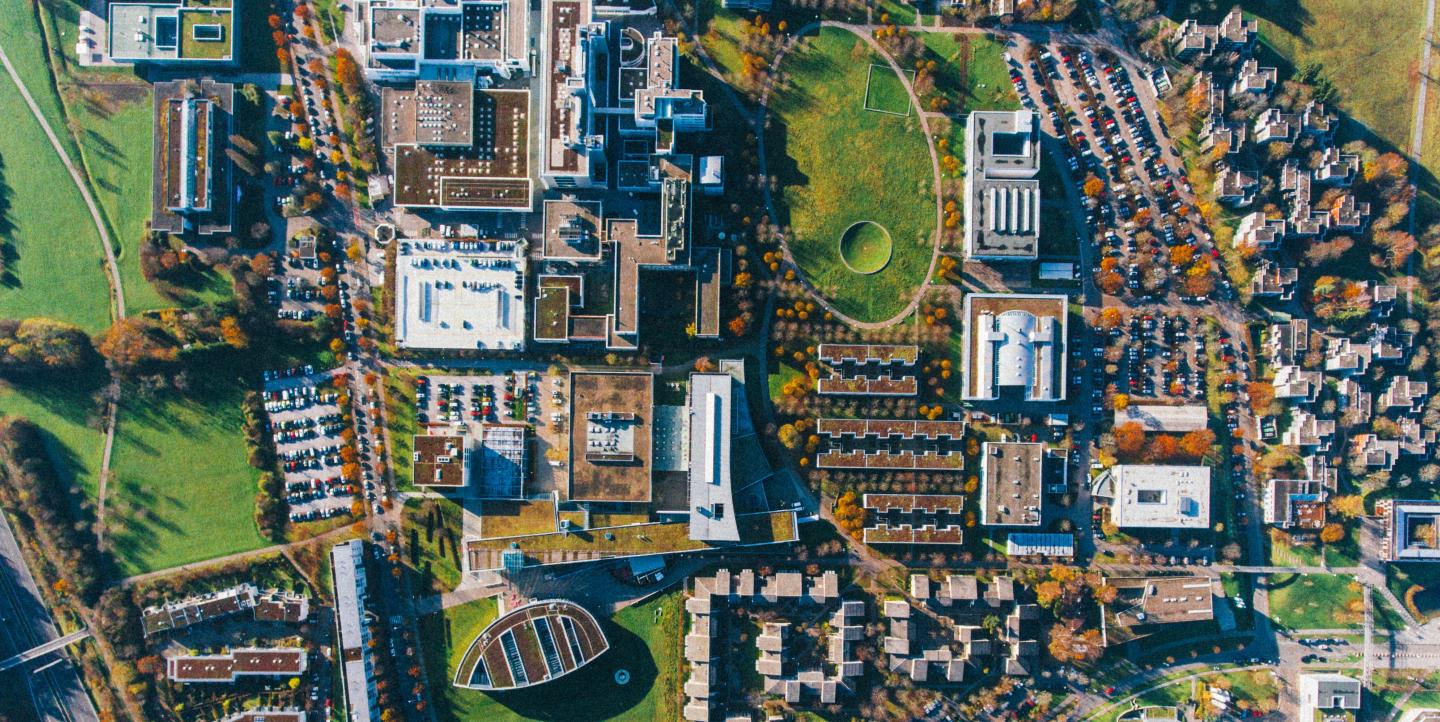The death of a student last fall at Appalachian State University brought a global pandemic suddenly close to home for a small college town in rural North Carolina. Since universities began to reopen their doors in September, a similar story has played out across the U.S. as college campuses have become major hotspots for the virus.
As the pandemic rages on, reporters continue to cover its impact on higher education. I spoke with three journalists who are reporting this beat in distinct ways, from local on-the-ground reporting, to newsletters and data-driven journalism.
Bringing a local story national
Two days after their initial reporting on the Appalachian State University student’s death, the New York Times reached out to Cristina Bolling, managing editor at the Charlotte Ledger, to follow up on the story.
Many colleges at the time, including Appalachian State University, had reopened their campuses despite an ongoing spike in COVID-19, which in many states exceeded the virus’ spread when campuses first shut down last spring. Bolling’s article for the New York Times highlighted issues such as student social gatherings, a lack of widespread mandatory testing, and the decision to open the campus against the concerns of many staff and faculty. “My goal was to see the student experience: what people are saying about the virus, and how the death of an [Appalachian] State student had impacted campus,” said Bolling.
[Read more: Reporting during two pandemics: COVID-19 and racism]
When the local reporting became a national story it threw the mid-sized public school into the spotlight, and drew renewed attention to ongoing health and safety concerns that some faculty, staff and students felt the university administration was failing to uphold.
This was, in many ways, the point of the article, explained Bolling. “Part of the story was to use Appalachian State as an example of the virus as it was happening across college campuses nationally,” she said. “I think it can reveal larger patterns at play as to the extent of the virus in other college towns across the country, and help other colleges that are going through the same thing learn from Appalachian State’s mistakes.”
The newsletter angle
Last summer, Amelia Nierenberg helped launch the New York Times’ Coronavirus Schools Briefing newsletter, which covers the pandemic’s impact on education. “The experience was like starting a new desk for an immediate new need,” recalled Nierenberg. “Our first question was whether there would even be enough needs to warrant a newsletter.”
This worry was put to rest as the year went on. The team running the newsletter began to receive an influx of leads, specifically regarding failures in the public school and university systems.
Through her work on the newsletter, Nierenberg gained unique insight into the underlying dynamics affecting universities nationwide during the pandemic. She identified two overarching themes: the efficiency of health and safety measures on campus, and the heightened impact on those most affected by the virus. This included immigrants, students of color, first generation college students and community college students — “those who would benefit from a college education the most,” she said.
A drop in enrollment in community colleges, for example, might have long-lasting repercussions on the ability for many students to later enroll in a four-year program. “If the entry point to college isn’t accessible, further degrees are going to be so much harder.” said Nierenberg. “The pandemic really made the ‘American Dream’ harder for people.”
[Read more: The Young Journalist Community offers a place for early-career journalists to support one another]
Data and the story next spring
Student journalists are also key sources of information about the virus on college campuses. “College journalists are the best reporters for this – they’re on the front lines, and colleges are often flexible with the kind of stories they can report on,” said Nierenberg.
Benjy Renton, a senior at Middlebury College in Vermont, has reported on COVID-19 since last January, when he was studying abroad in Beijing, China during the Wuhan outbreak. Upon returning to the U.S., he turned to data to drive his coverage, tracking cases on college campuses across the country. He communicates these findings on Twitter and through a newsletter, called Off the Silk Road.
“For most college students, COVID is just a nuisance. But we want to show people who make the decisions that there are ways to make people safe, and we can now show people what works and what doesn’t,” said Renton. “There’s a lack of federal guidelines, so colleges are pretty much building this plane as they’re flying it.”
The major story, continued Renton, is the return to campus for their spring semesters. “Some schools have already pushed back their start dates for the spring, but the public health situation nationally is treacherous. The country is on fire with the virus, with more cases than when they first shut down in March, but schools are still reopening for the spring regardless,” he said.
As schools shift from surviving the initial outbreak to sustaining through the next semester, reporters will have to look at the disparity between private and public schools in their capacity to afford health and safety measures. “Rich colleges with high endowments can afford to keep campuses safe, while many public colleges can’t afford widespread or frequent testing,” said Renton.
As the virus and its consequences continue to evolve, too, journalists will have to adjust their reporting accordingly. Today, for instance, the impact of the vaccine, as well as long-term effects on college enrollment and institutions are yet to be seen. “It’s a story that will keep playing out throughout the next couple of months. It’s really hard to become adaptable — you have to understand that things will change rapidly,” said Renton. “College campuses aren’t a bubble. They’re impacted by what happens in regional, state and federal governance.”
During these uncertain times, journalists’ reporting helps better inform college administrators and local officials alike, as they address the many challenges the virus presents. “Our job as journalists is not to go in with an agenda, but to hold up a mirror to what is going on,” said Bolling.
Devin Windelspecht is a freelance writer based in Washington, D.C.
Main image CC-licensed by Unsplash via Max Böttinger.


